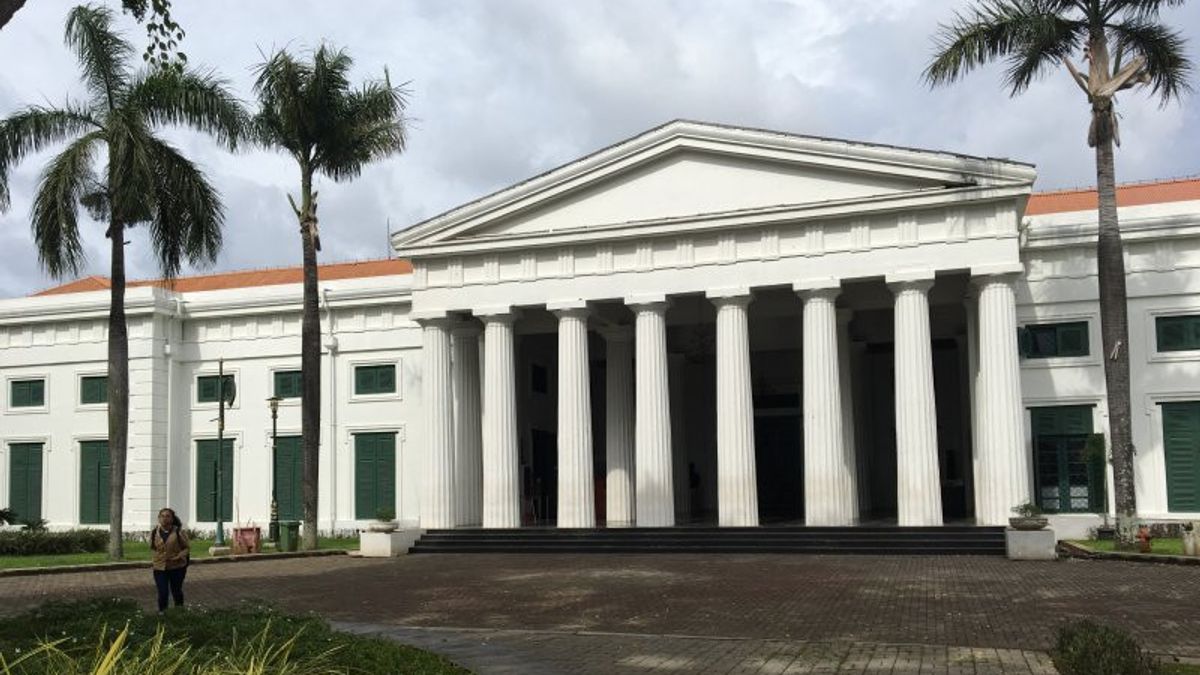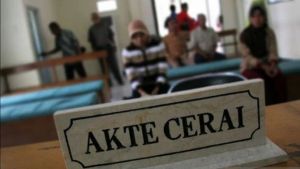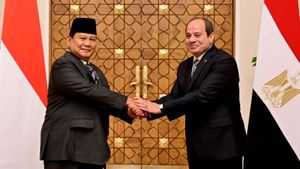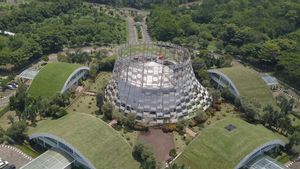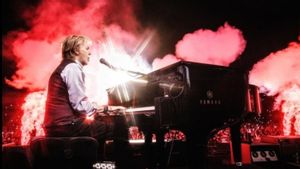JAKARTA - History today, 46 years ago, August 20, 1976, President Soeharto inaugurated the Museum of Fine Arts and Ceramics, Kota Tua, West Jakarta. The museum houses all kinds of works by the nation's children from the 1800s.
The presence of the Fine Arts and Ceramics Museum immediately captured the hearts of all Jakartans. They finally have a new alternative for learning and recreation. Previously, the emergence of many museums in Jakarta was initiated by the Governor of DKI Jakarta, Ali Sadikin (1966-1977). He wants Jakarta to be known to the world as a cultured city.
The wealth of the nation's history in the past is second to none. Every inch of the Earth Archipelago has a priceless historical wealth. Especially the remains. Buildings and objects especially. If used, it will affect the sustainability of the nation's civilization.
Ali Sadikin realized that. He has a strong interest in instilling the importance of history. In accordance with Bung Karno's message: never forget history. He was also willing to share his thoughts which initially focused on beautifying Jakarta, then gave a strong educational content.

Ali Sadikin began to promote the establishment of museums. He realized that the museum has two functions that are needed by the citizens of Jakarta. First, the museum as a means of education. Second, the museum as a means of recreation.
The man nicknamed Kennedy from the East formed the DKI Jakarta Department of Museums and History. The goal is clear. To immediately transform old buildings to be 'transformed' into museums. Ali's move also received the support of many parties. Indonesia's number one person, President Suharto, is one of them.
“Until 1976, there were seven museums managed by the DKI Jakarta Regional Government. In addition, there are museums established and managed by other government agencies, such as the Central Museum, the Sasmita Loka Museum, the A. Yani Museum, the ABRI History Museum (Satria Mandala), the Lobang Buaya Museum, and the National Monument Museum. At the end of my post, I started a business to establish the Maritime Museum, the Inscription Museum, and several other museums.”
“Every time I build a museum, I form a supervisory body whose members consist of elements of the government and the community, especially those who have an interest in museums. For example, the Wayang Museum with the Nawangi Foundation as its supervisory body, and Pak Djaja dai DKJ sitting there,” said Ali Sadikin as written by Ramadhan KH in the book Bang Ali: Demi Jakarta 1966-1977 (1992).

As a form of real support, President Soeharto took the time to inaugurate one of the museums initiated by the DKI Jakarta Government. The museum is the Museum of Fine Arts and Ceramics. Suharto inaugurated it on August 20, 1976.
His arrival also confirmed that President Soeharto was also a true art lover. The alias is the same as his predecessor, President Soekarno. Therefore, the momentum of the inauguration of the Museum of Fine Arts and Ceramics was very memorable for him.
“Indonesian President Suharto on August 20, 1976 inaugurated the building into the Museum of Fine Arts and Ceramics. This museum presents a collection of works by Indonesian artists from the 1800s to the present day.”
“The Indonesian painting collection is stored in several rooms and divided based on a certain periodization. For fine art collections featuring statues and others. while the ceramic collection displays ceramics from various regions in Indonesia, besides that there are also ceramic collections from foreign countries, such as Vietnamese, Japanese, Chinese, and European ceramics," explained Sri Pare Eni in the book Revitalizing Old Towns in the World (2021).
The English, Chinese, Japanese, Arabic, and French versions are automatically generated by the AI. So there may still be inaccuracies in translating, please always see Indonesian as our main language. (system supported by DigitalSiber.id)
